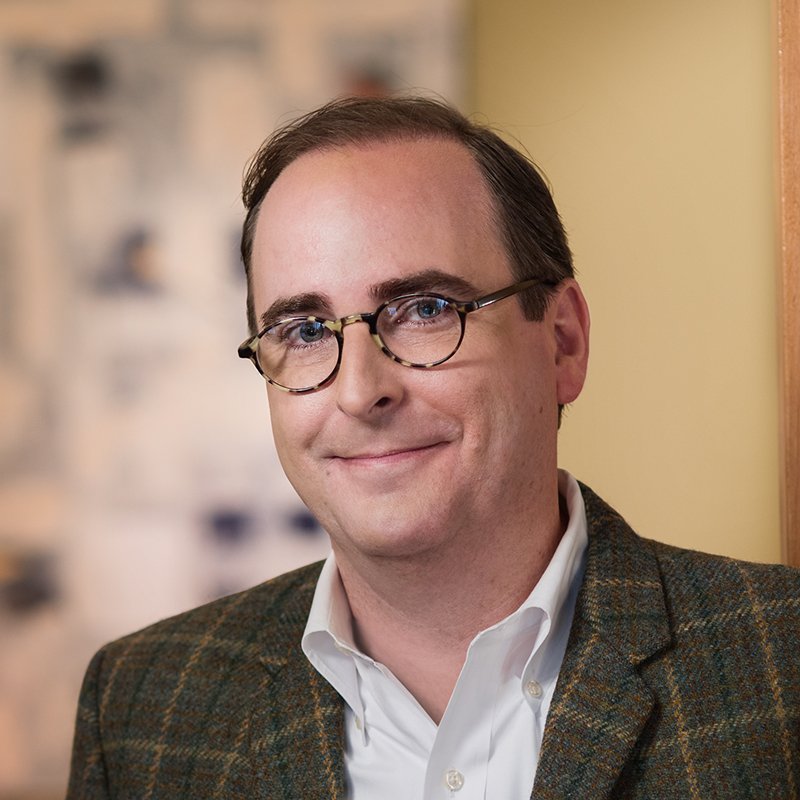The cost of avoiding program improvements, plus three causes and cures.
It started last week with a termite bond inspection. All clear on the termites, but the inspector called me at work after noticing a problem with a shower drain. I found a plumber who quickly resolved the issue. Only when I got home, there was no heat. Turns out the plumber tripped a safety feature that turned the system off and the parts needed to repair it would take a week to arrive. So, I bought a space heater and hoped for the best.
Any maintenance on an old house is like pulling a loose thread on a hand-knitted sweater. But I know ignoring things will almost always yield a deeper chill. It’s remarkably similar to the work I do with clients leading public education and engagement programs — how ongoing refinements and operational modifications are a fact of life if meaningful impact is the objective. And how often these improvements tend to get neglected. That’s understandable for several reasons.
1 |
ExhaustionBuilding a public education program is a monumental undertaking that requires extensive research, costly message development, and rigorous program design. Like home renovations, it costs more money and takes longer than you planned. There are inevitable unknowns and compromises along the way no one wants to revisit. |
2 |
AltruismYou believe in the work, the approach and the messaging. Your initiative is vital, and the people you are trying to help probably aren’t expecting concierge-level service. They’ll probably overlook a few flaws in the system because there are much bigger needs at stake. This is when the cut corners begin to pile up. Maybe it’s a poor user experience on your website, or a complicated intake/evaluation process, or a long wait time. Unfortunately, intentions don’t override experience. |
3 |
BureaucracyLike a contractor, you’re coordinating subcontractors who are essential to get the job done. You don’t always get your pick either. Sometimes the electrician you want isn’t available or you have a carpenter who won’t take direction. Your accomplishments hinge on the cooperation of many players both inside and outside your organization. Partner organizations don’t have shared protocols, social workers have varied processes and regulations differ between the counties/states in your service area. It all makes changes really challenging. |
These are pretty discouraging obstacles, and three seemingly valid reasons to let things be. They are also examples of Status Quo Bias. We often prefer for things to remain the same even when change would be beneficial. But just because we can relate, doesn't mean we should capitulate.
Real impact demands a disregard for excuses. Your cause is too important not to optimize your operations, no matter how challenging the tweaking process might become. So here are some fatigue-fighting tactics to consider while working to improve your program.
Take a page from collective impact principles. Name your top three obstacles and form workgroups (preferably interdisciplinary ones) to develop work-around plans. It’s amazing what can happen to entire systems when of four or five people are given the freedom to think beyond existing parameters.
You are the glue that holds your enterprise together. As such, you can’t repeat the vision enough. The megaphone is yours. Use it to remind everyone why your organization exists. Do this enough and your why can overtake the “but we’ve always done it this way” refrain.
Just as there is no flawless system out of the gate, there’s no overnight overhaul for established systems. Embrace small wins. They can add up to big changes over time. And remind everyone of the improvements you’ve made. Little changes add up, building momentum along the way.
When COVID hit, my team was working on a program where success was measured by scheduled medical visits. We knew we had to shift from in-person appointments to telemedicine — or watch years of work wither to nothing. A reason or regulation explaining why it couldn’t happen lurked at every intersection. We adopted a saying: “No dead ends.” That mantra drove us to get a new system in place in just over a month. It also doubled our impact.
Repairs and refinements pay off, both at work and at home. And despite a growing appreciation for condos, I love my 95-year-old bungalow more than ever. Being warm again helps. In that spirit, let’s keep fixing, tinkering and making things better.
It’s worth it,
Kevin


